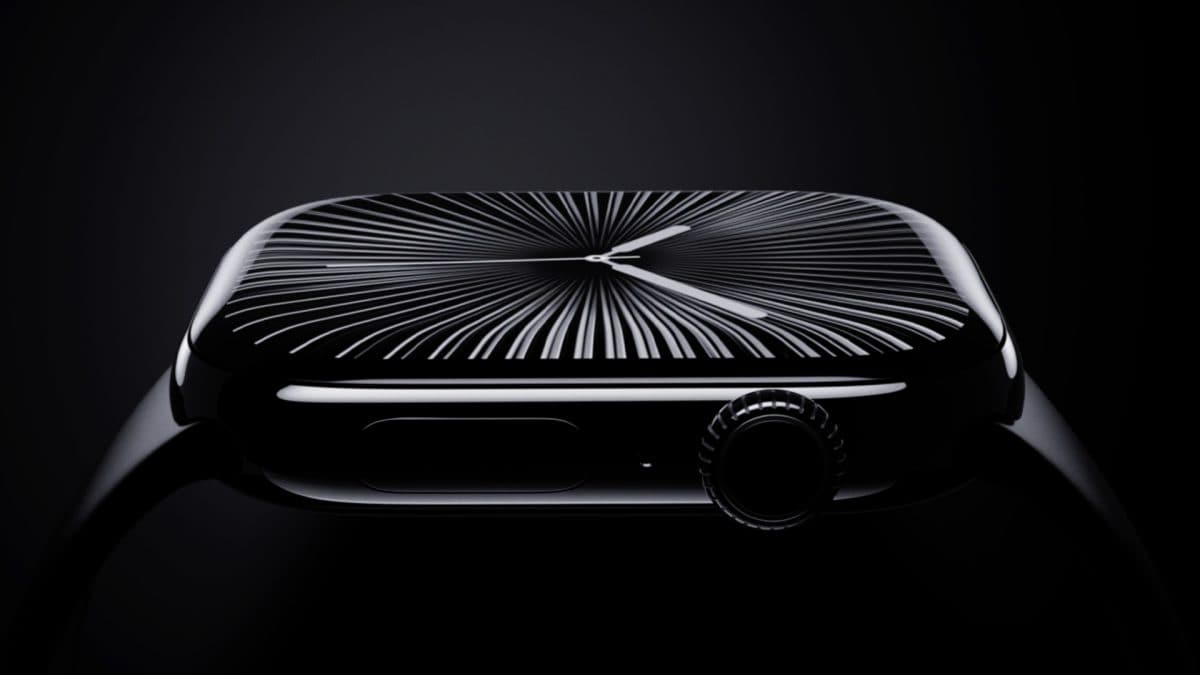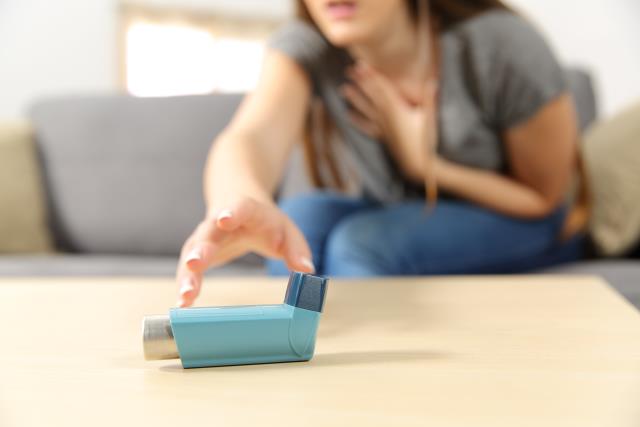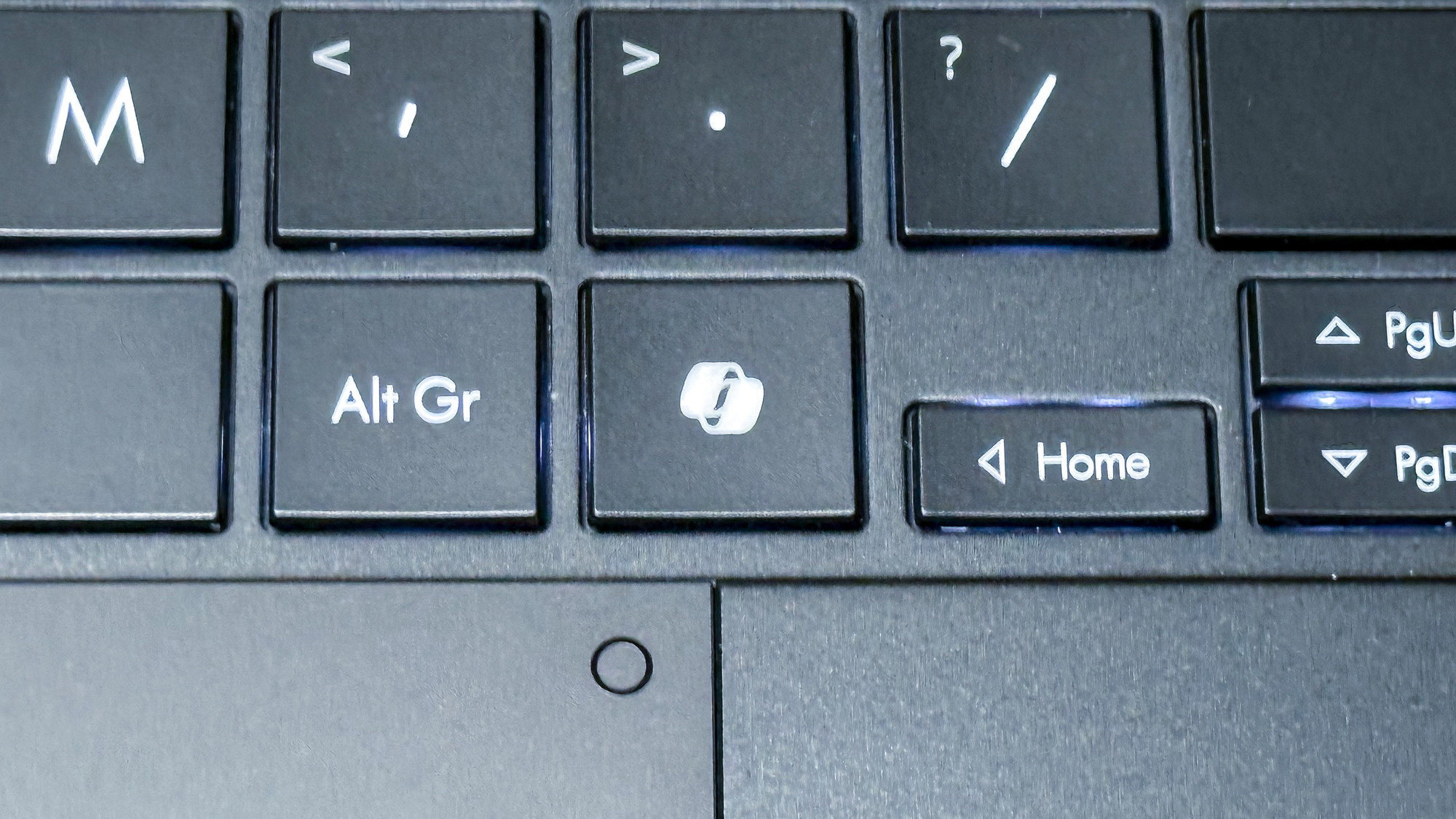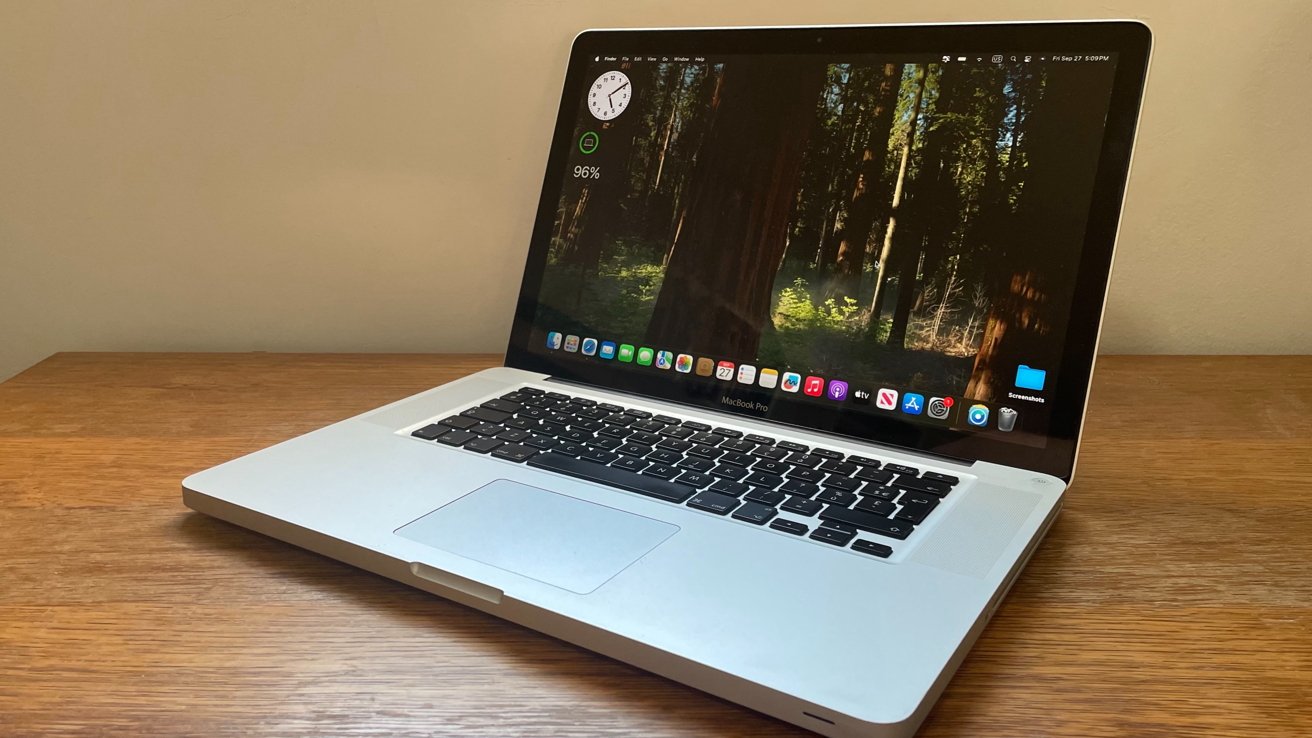
The US Food and Drug Administration (FDA) has given the green light to one of Apple’s most significant new health features — sleep apnea detection on the Apple Watch. This approval marks another major step in Apple’s growing health technology portfolio and comes just days before the release of its new Series 10 Watch, which is set to launch on September 20. However, users of the Series 9 and Watch Ultra 2 models can already access the feature through the recently released watchOS 11 software update.
Sleep apnea is a common but often undiagnosed condition in which a person’s breathing repeatedly stops and starts during sleep. This disorder can lead to chronic fatigue, and in more severe cases, contribute to significant health complications such as heart disease, hypertension, and even Type 2 diabetes. According to health organisations like the American Heart Association, an estimated 1 billion people worldwide suffer from sleep apnea, but many remain unaware they have the condition, making early detection crucial.

Apple’s new sleep apnea detection feature aims to bridge this gap by offering users a tool that can monitor their sleep patterns and identify potential warning signs. The FDA has clarified that while the feature is not intended to serve as a diagnostic tool, it is an over-the-counter health monitor that assesses the risk of sleep apnea. The function, known as “Breathing Disturbances,” works by using the Apple Watch’s built-in accelerometer to track subtle wrist movements during sleep, which are linked to interruptions in normal respiratory patterns.
Over time, the device analyses these movements to detect patterns of disturbed breathing. Every 30 days, the watch compiles and reviews this data. If it identifies a consistent pattern of breathing disturbances, it will alert the user and recommend a consultation with a healthcare provider for further evaluation.
Apple designed this feature to act as an “intelligent guardian” for users’ health, encouraging those who may be at risk to seek professional medical advice before the condition worsens. Experts in sleep medicine have praised the introduction of this tool as a major advancement in addressing an underdiagnosed health issue. Experts claim that the feature will go a long way in, empowering people with the ability to monitor abnormal breathing patterns during sleep can lead to earlier detection and treatment of sleep apnea.
This, in turn, could improve public health outcomes by preventing the more serious complications that can arise from untreated sleep disorders. The approval of Apple’s sleep apnea detection feature follows a recent trend of the tech giant expanding its health-related offerings. Just weeks earlier, the FDA also approved Apple’s AirPods Pro 2 as over-the-counter hearing aids for individuals with mild to moderate hearing loss.
This move into health technology demonstrates Apple’s continued efforts to position its products not just as consumer gadgets but as essential tools for personal health monitoring. By providing accessible, user-friendly health features like sleep apnea detection, Apple is playing an increasingly significant role in helping people take control of their health. With the potential to reach millions of users worldwide, this latest feature could be a game changer in the early identification and management of sleep disorders.
.













